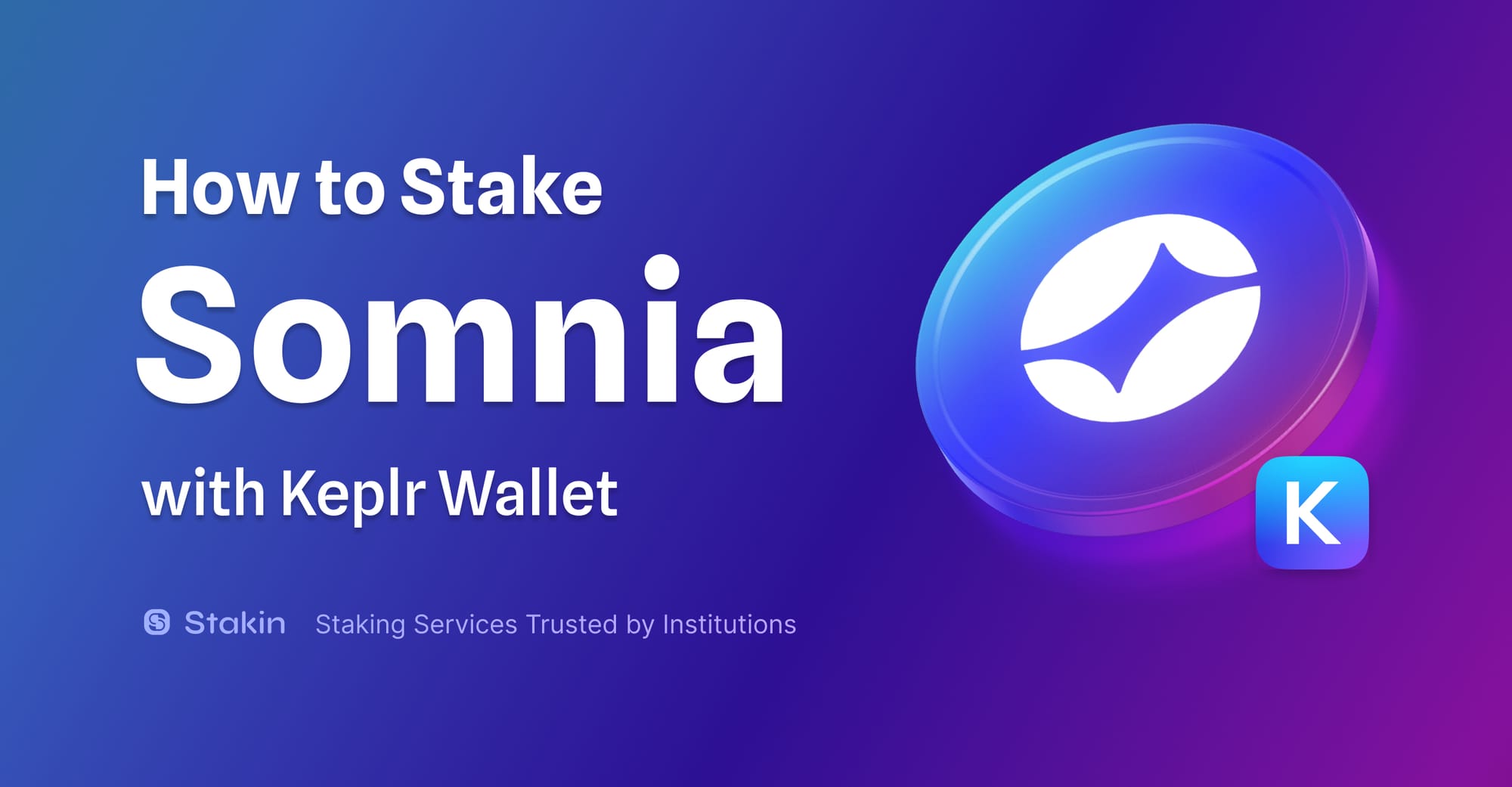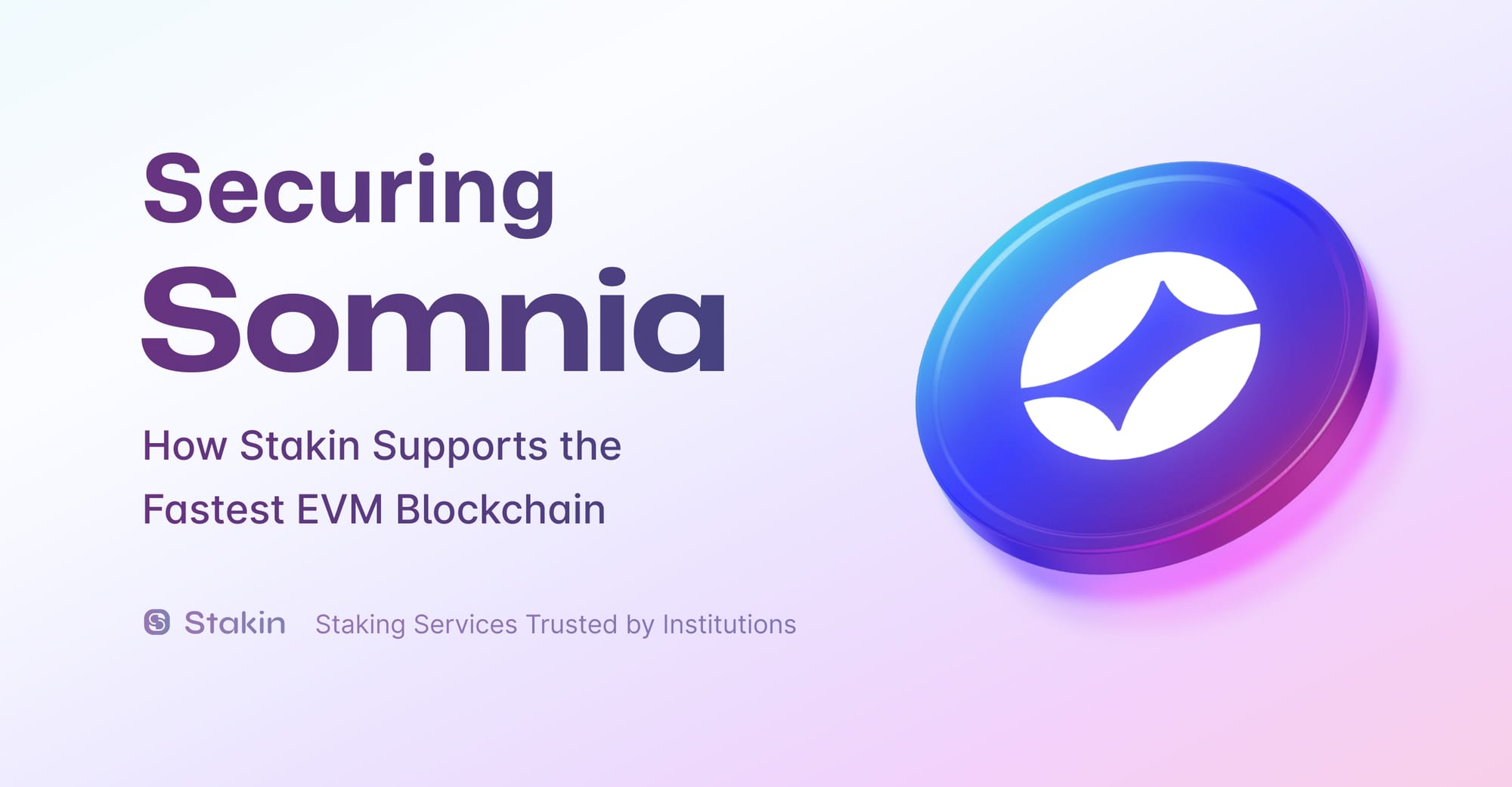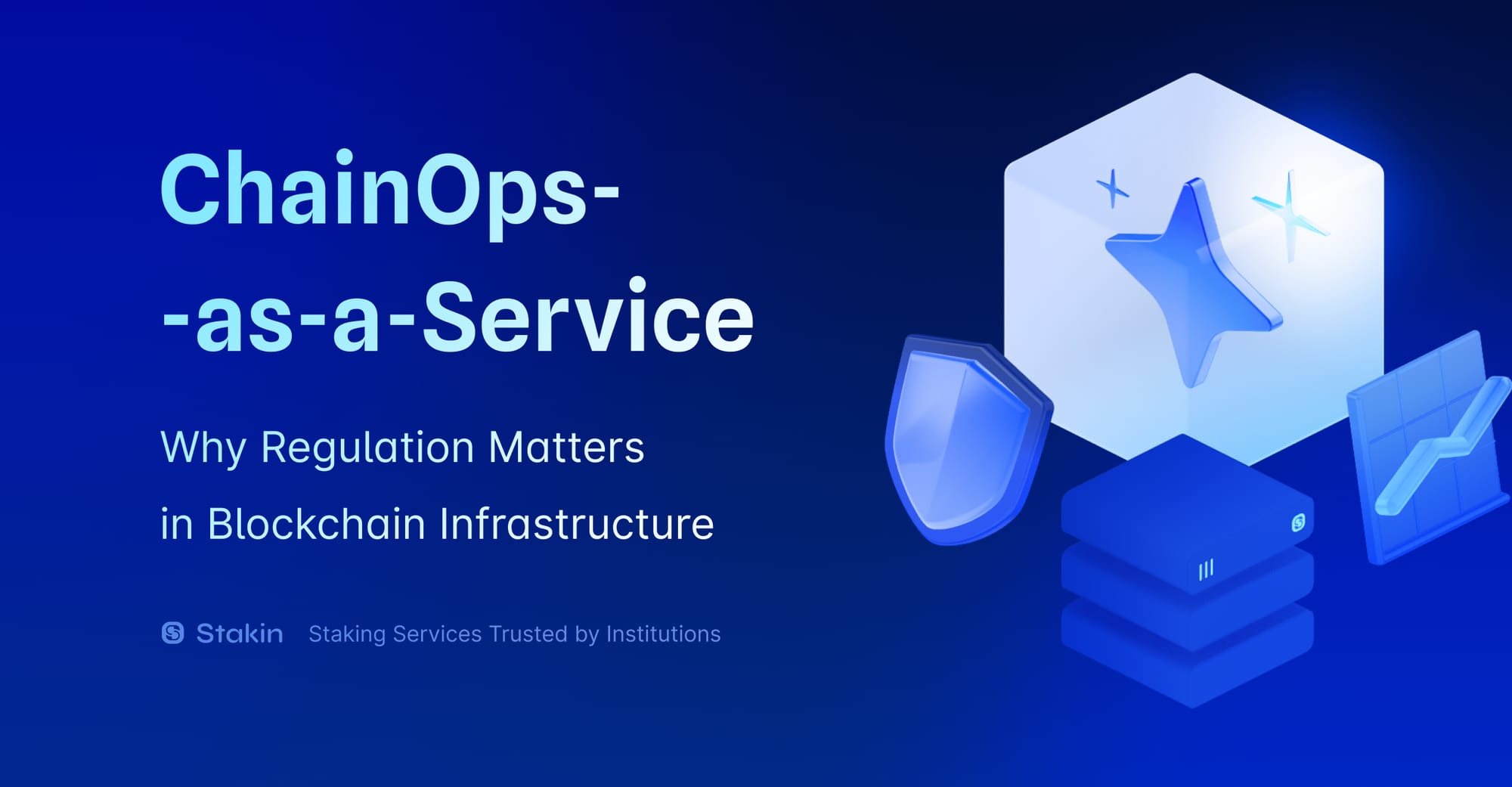Hi Readers👩💻,
We’re getting closer to the end of 2020, and what a crazy year it has been. So much has been going on both in Blockchain as offline. Here’s our overview of the last two weeks:
- ICON 2.0 will be EVM compatible
- Guide: Deploying ThorChain BEPSwap on Akash
- Terra’s Mirror Protocol
- Trust Wallet is integrating Solana!
- Stafi Procotol rFIS Solution
- Polkadot DeFi alliance with Chainlink
- Cosmos Gov 31/32 passed
ICON 2.0 will be EVM compatible
Recently, the ICON Strategy Team announced that it would not be a matter of “if” but instead of “when”, when it comes to assuring that ICON 2.0 will be Ethereum Virtual Machine (EVM) compatible. EVM compatibility lets developers deploy smart contracts written in Solidity on ICON. That is beneficial for the network and its users because there has been tons of code written in Solidity. That means it’s possible to reuse the libraries, dev tools, dev environments, and audited code from the Ethereum Ecosystem, allowing developers to iterate and innovate on products faster.
Additionally, developers that consider leaving Ethereum for a faster and cheaper blockchain will be able to quickly deploy their smart contracts on ICON without needing to rewrite code — making the ICON 2.0 Network more accessible for new users.
Guide: Deploying ThorChain BEPSwap on Akash
A while ago, Stakin’s very own CEO published his article about the importance of DeCloud for DeFi, which you can read here. And last week, we were excited to be able to share an extensive guide to deploying ThorChain BEPSwap web UI using no other than Akash. What does this mean? Simple, you will have a guide to deploying many more DApps on Akash quickly.
I chose to build a guide with ThorChain BEPSwap because I am a big fan of their cross-chain liquidity network, and it’s built on Cosmos, just like Akash. It’s worth exploring more about ThorChain if you’ve not done so yet. — Edouard Lavidalle, CEO Stakin.
Are you interested in contributing? Or simply curious to learn how it works?Check the guide here.
Terra’s Mirror Protocol
It has seemed that over the last few months, blockchain technologies have genuinely made a big step towards mainstream acceptance. In exciting Terra news, the creators of their stable coin announced the launch of Mirror Protocol, a way to mint crypto assets that mimic the value of shares in publicly traded companies such as Apple and Tesla.
Additionally, to govern the Mirror Protocol, Terra has launched a governance token called MIR. MIR will be distributed at a constant rate over four years to users who contribute liquidity to automated market makers (AMMs), trading mAssets, or trading MIR itself on Terra’s Terraswap or Ethereum’s Uniswap.
Mirror has specific interfaces for providing liquidity to pools either on Ethereum or Terra’s chain. Only pools that pair the assets with TerraUSD will be eligible for MIR. To learn more about Mirror Protocol, click here.
Trust Wallet is integrating Solana
In other fascinating news, Trust Wallet has announced on the 4th of December 2020 that after an emphatic YES from the community, Solana will be added to the wallet within the next 2–4 weeks. We at Stakin are delighted with this news. Keep an eye out for a complete guide on staking Solana with Trust Wallet shortly!
StaFi Protocol rFIS Solution
The Stafi Protocol team has announced rFIS, a liquidity solution for its native asset FIS. rFIS is a digital asset redemption certificate that is issued by StaFi’s users. Whenever a user stakes FIS, the network will calculate the amount of rFIS obtained by the user based on the current exchange rate between FIS and rFIS.
If a user holds rFIS, StaFi can also calculate the amount of FIS that can be redeemed based on FIS’s staking income. The solution is so great because it could help FIS nominators to unlock the liquidity of staked FIS by trading rFIS at any moment they want.
Original validators have to run validator nodes of StaFi first before they can apply. Related Fees: 0 for minting, 20% staking reward commission split by StaFi and validators, 0.2% redemption fee.
Polkadot DeFi alliance with Chainlink
On the 3rd of December 2020, Polkadot announced its new alliance with Chainlink. The collaboration aims to overcome the decentralized nature of the Polkadot ecosystem, providing a platform for the community to discuss using the Polkadot Network and its underlying Substrate technology for DeFi.
Cosmos Gov 31/32 passed
The Cosmos Governance Proposals nr. 31 & 32 proposed by Sikka Tech have been passed. So, what are these proposals all about? Well, currently, each account can only vote for one option per proposal. Sikka has requested an upgrade to let stakers split their votes into several options. For example, a single account could use 70% of it’s staking vote power for “yes” and the rest for “no” in case they have any doubts; this would illustrate better how voters feel about specific proposals.
DISCLAIMER: This is not financial advice. Staking, delegation, and cryptocurrencies involve a high degree of risk, and there is always the possibility of loss, including the loss of all staked digital assets. Additionally, delegators are at risk of slashing in case of security or liveness faults on some protocols. We advise you to do your due diligence before choosing a validator.



